Pea Gravel Calculator – Straight Path
Width
Calculation is based on average density of 1,600 kg/m³.
Calculation Results
Gravel Volume
0.00 m³
Gravel Weight
0.00 t
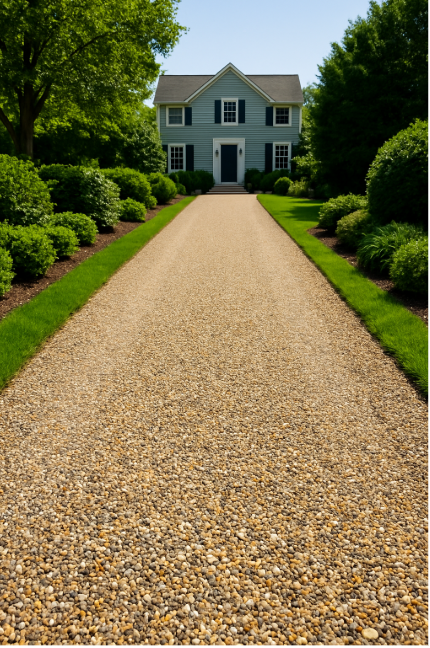
Pea Gravel Calculator – Curved Path
Calculation is based on average density of 1,600 kg/m³.
Calculation Results
Gravel Volume
0.00 m³
Gravel Weight
0.00 t
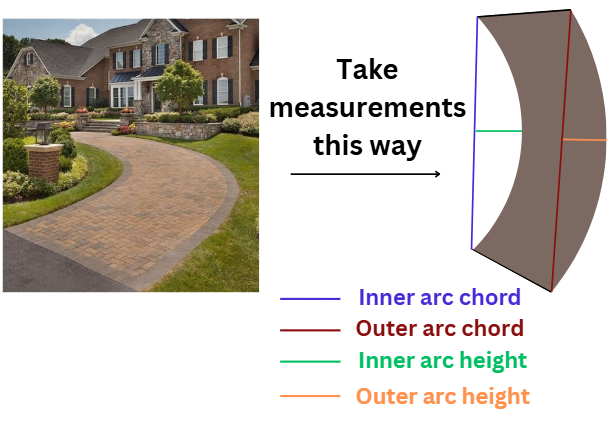
Pea Gravel Calculator for Circular Area
Calculation is based on average density of 1,600 kg/m³.
Calculation Results
Gravel Volume
0.00 m³
Gravel Weight
0.00 t
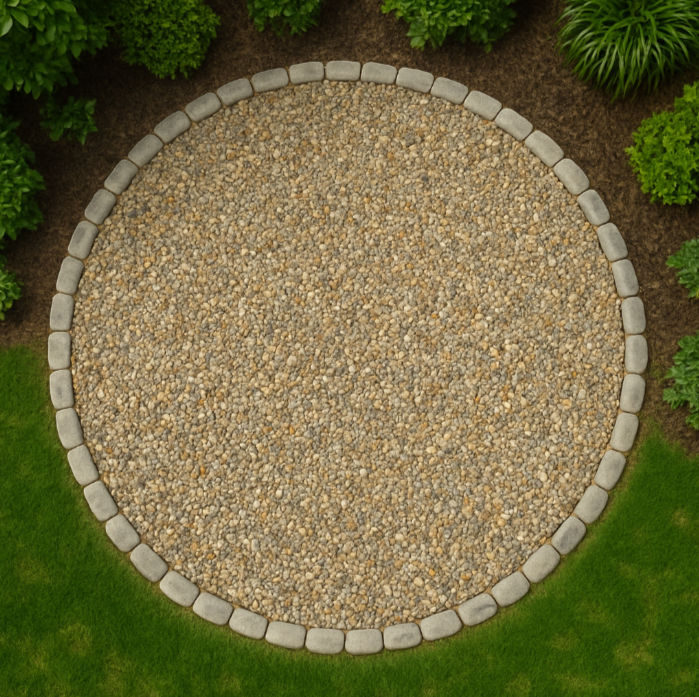
Annular Ring Path Gravel Calculator
Calculation is based on average density of 1600 kg/m³.
Calculation Results
Gravel Volume
0.00 m³
Gravel Weight
0.00 t
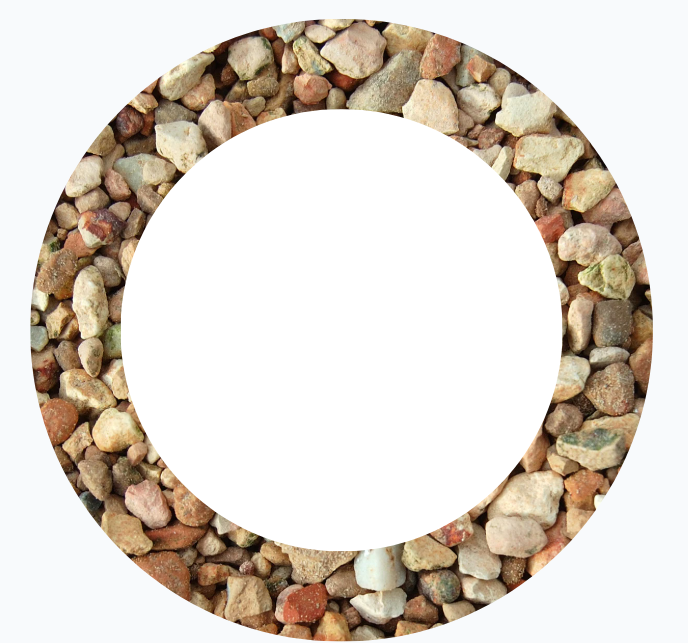
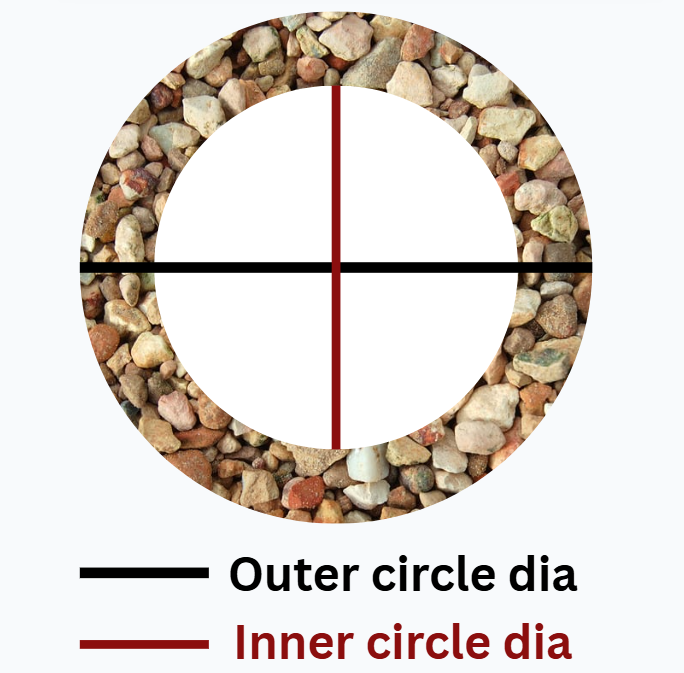
How does this calculator work?
Each calculator on this page is designed to estimate how much pea gravel you need based on the shape and dimensions of your project. You simply enter the relevant measurements (such as length, width, diameter, or arc values) along with your desired gravel depth. The calculator then determines the area of the layout based on its geometry and multiplies it by the depth to calculate the total volume in units of your choices. Finally, it uses a gravel density to estimate the weight. If you know your own gravel's density, you can manually enter it for a more tailored result. The volumes of all the shapes are calculated with utmost precision, all with the established mathematical and engineering protocols to ensure best results.
What are common uses of straight pea gravel paths?
Straight pea gravel layouts are widely used for:
- Garden walkways
- Backyard paths
- Narrow driveway strips
- Side yard access ways
- Linear borders and footpaths
Why choose pea gravel for a straight path?
Pea gravel’s small, rounded stones provide excellent drainage and a comfortable walking surface. The material is also affordable, easy to spread, and doesn’t require complex installation. It adapts well to straight-line designs, staying compact with proper edging.
Where pea gravel may not be ideal in straight paths?
In high-slope areas or places with intense water runoff, pea gravel may migrate or shift without proper containment. For wheelchair or stroller access, finer aggregates or compacted materials like decomposed granite may offer better stability.
Why use curved pea gravel paths?
Curved paths feel more natural and flow organically with landscaping. They’re often found in:
- Japanese gardens
- Informal backyards
- Park trails
- Decorative walkways through planted beds
Benefits of pea gravel in curves
Pea gravel adapts easily to soft curves and uneven ground. Its fluid, loose nature allows it to follow winding paths without cracking or buckling like poured concrete might. It also drains well, making it ideal for garden areas.
Potential limitations of pea gravel in curved surfaces
Loose gravel in curves can shift more easily with foot traffic unless contained by proper edging. For heavy-use public areas, stabilized gravel or resin-bound aggregates may offer better long-term results.
Where are circular gravel layouts used?
Circular installations are popular in:
- Firepit areas
- Small patio zones
- Round outdoor seating pads
- Gravel bases for above-ground pools or sheds
Why use pea gravel in a circular layout?
Pea gravel gives a relaxed yet refined look. It’s easy to rake, adjusts well to curves, and allows water to pass through without pooling. It also complements circular furniture arrangements without the rigidity of pavers.
Where pea gravel might fall short in circular areas
If you plan to place furniture or grills in the space, the loose surface might shift under weight. You can layer the pea gravel over compacted crushed stone for better firmness, or use paver circles for anchor points.
Where are annular gravel rings used?
Annular gravel paths are often installed:
- Around fountains
- Circling trees or garden sculptures
- As walking rings in courtyards
- Around above-ground pools or hot tubs
Why is pea gravel effective in ring layouts?
Because it flows into curves without gaps or cutting, pea gravel naturally forms perfect rings without waste. It drains well, discourages weed growth, and gives a soft, natural look without requiring heavy equipment or permanent materials.
Possible limitations of pea gravel in annular surfaces
Without edge restraints, gravel can shift outward over time. The center of the ring (e.g., around a tree) should also allow water absorption to avoid over-compaction. Consider permeable edging like steel, brick, or stone to keep the ring crisp.
What is Pea Gravel?
Pea gravel is made of small, rounded stones, typically about 1/8" to 3/8" (3 to 10 mm) in diameter. It gets its name from its smooth texture and size—resembling garden peas. Commonly made from granite, limestone, basalt, or river rock, it's a naturally weathered aggregate known for its visual appeal and functional use.
When Is Pea Gravel the Best Option?
- You want excellent drainage
- You need soft, non-slip surfaces for walking barefoot
- You plan on flexible landscaping, like curved edges or informal shapes
- You’re on a budget and need an easy-to-install surface
- You want a surface that can be refreshed or rearranged
When Pea Gravel May Not Be Suitable
- You need a solid surface for wheeled traffic (e.g., wheelchairs, bikes)
- You expect heavy foot traffic without containment (it can scatter)
- You want a permanent surface (it shifts and settles over time)
- You live in a very windy or steep location (gravel may blow or roll)